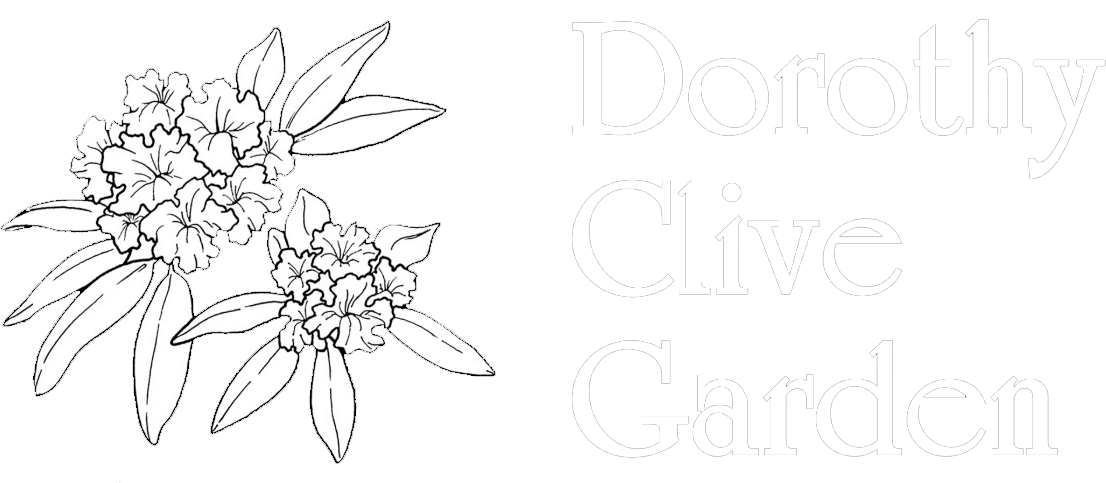The Gardens
Intimate, informal and inspiring
Located in the woodland quarter of Staffordshire close to both the Shropshire and the Cheshire borders, this lovely garden has delights and surprises whatever the season. There are many areas of diverse interest within this 12 acre, hillside garden. These include a new winter garden, an edible woodland, a woodland quarry with waterfall, an alpine scree and pool, rose walk and amazing seasonal borders. Additionally the garden has several notable collections of plants including: rhododendrons, azaleas, camellias, sarcococca and hydrangeas.
Garden History
The garden’s initial creation lay in Colonel Harry Clive’s wartime decision of 1940, to provide his ailing wife – Dorothy – with a ‘series of interesting walks’ as she battled with Parkinson’s disease. Unfortunately Dorothy died in 1942 but Colonel Clive continued work apace throughout the 1940s and 1950s, especially in The Quarry Garden which covers approximately 2 acres.
In 1958 management of the then ‘fledgling’ garden was entrusted, by Colonel Clive, to a newly established, small-scale, independent charity – The Willoughbridge Garden Trust. This charity still manages, what is now a much larger and considerably enhanced 12 acre garden. Currently, the ‘Trust’ directly employs a small specialist team of staff to manage the site’s affairs. These core staff members are ably supported by a dedicated group of volunteers who primarily help with gardening, administration and the running of events.
Charitable Aims
The aims of The Willoughbridge Garden Trust are twofold as follows:
- To maintain, enhance and further develop a garden inspired by the memory of the late Dorothy Clive to be used for the enjoyment and benefit of the public
- To promote and support horticultural education for the continuing benefit of both students and the general public
These twin charitable aims underpin all our ongoing work. They provide a creative, vibrant, motivating and genuinely worthwhile structure for the charity. Both our staff and volunteers are all committed to providing our garden visitors with a stimulating and fulfilling garden trip. Why not come along to support and enjoy this inspiring garden with us?
The Dorothy Clive Garden is managed by the umbrella organisation the Willoughbridge Garden Trust and is a registered charity (No. 522695)

Garden Map
- Pond & Alpine Scree
- Royal Botanic Glasshouse & Living Wall
- William Dean Orchard
- AGM Rose Border
- Camelia Walk
- Rose Garden
- Herbaceous Borders
- Old Drive
- Garden Paddocks & Wedding Marquee Area
- Disabled Parking
- Office
- Sun Terrace
- Tearoom & Gift Room
- Bryan Mayer Pavilion
- Woodland Walk
- Quarry Garden
- Belvedere (Wedding Ceremony Area)
- Azalea Walk
- Laburnum Arch & Winter Garden
- Stag & Waterfall
- Edible Woodland & Outdoor
- Classroom
Please note:
Some of the paths in the garden are narrow, steep, rocky and might be slippery in wet weather. Please take care.
There are also two water features (1 & 21 on the map) where children must be supervised at all times
The Garden’s Year

January
The floral season starts this month with winter aconites.
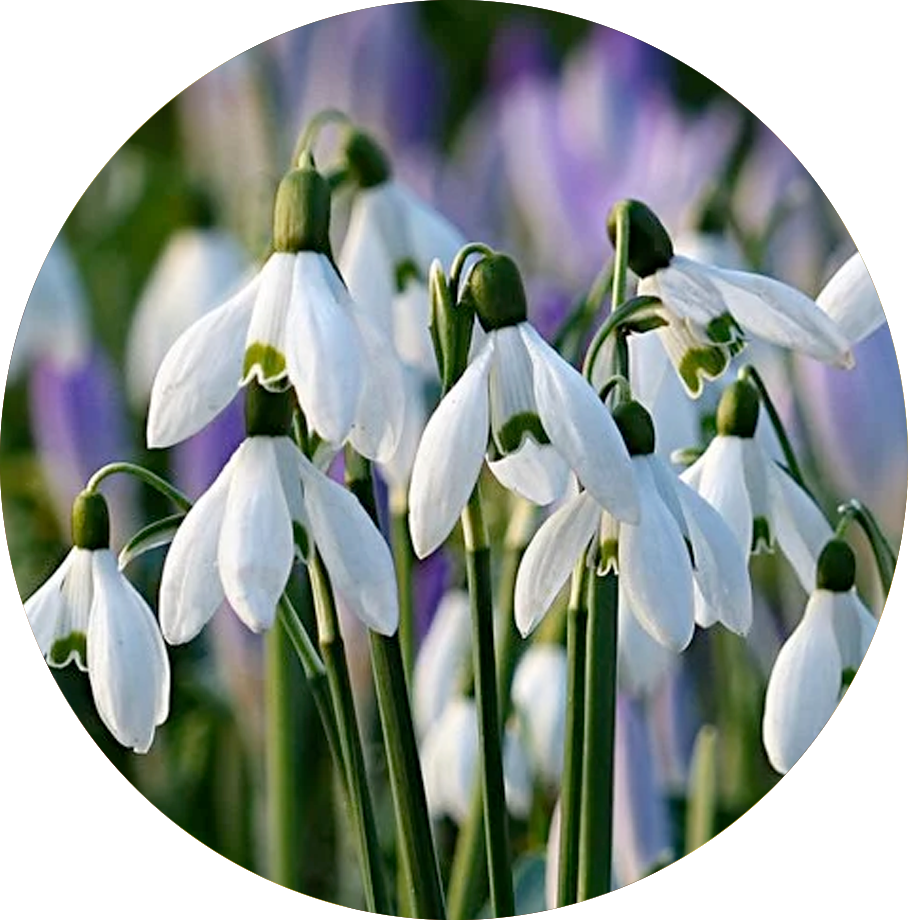
Febuary
Thousands of snow drops looking fantastic in our winter woodland garden.
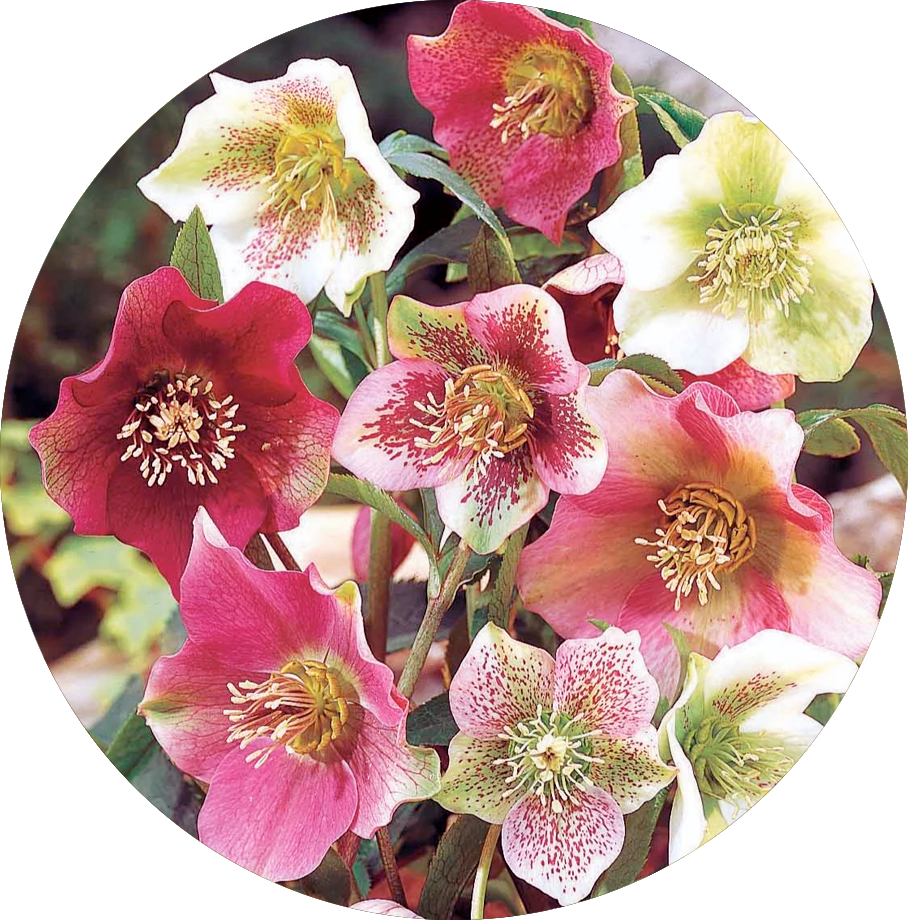
March
The season starts picking up now with hellebores, camellias, crocus & early daffodils making a mark on the landscape.
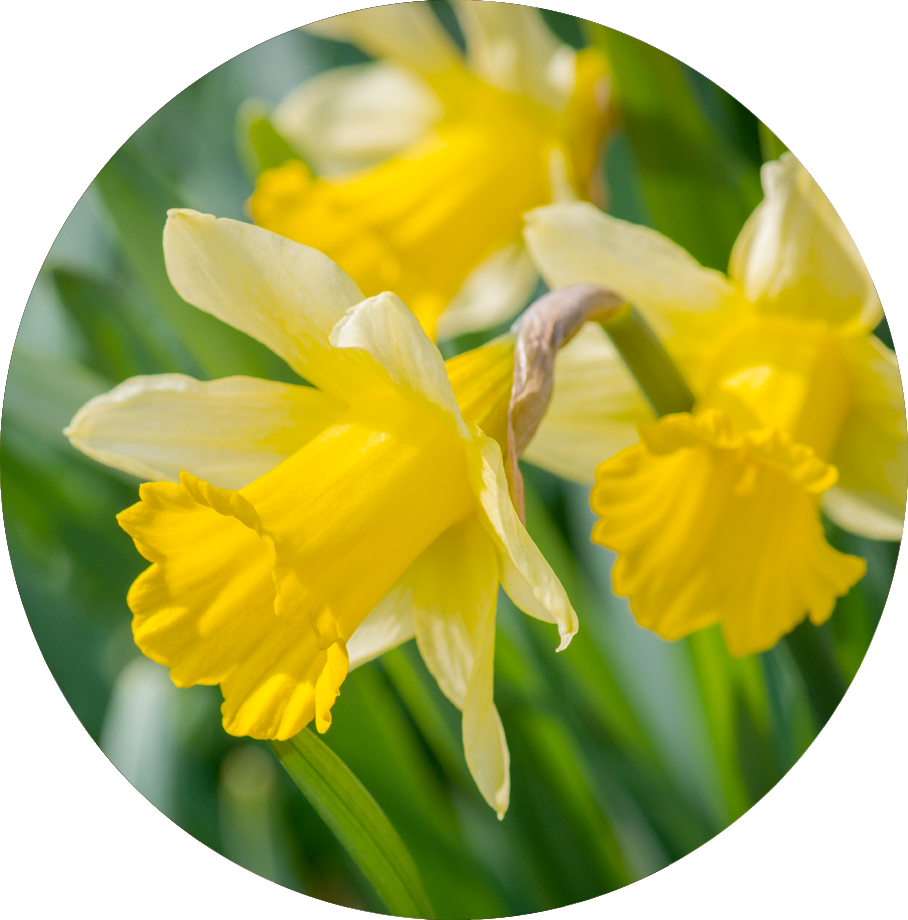
April
Spring always arrives this month and the following plants are always highlights; magnolias, early flowering rhododendrons and of course, daffodils!
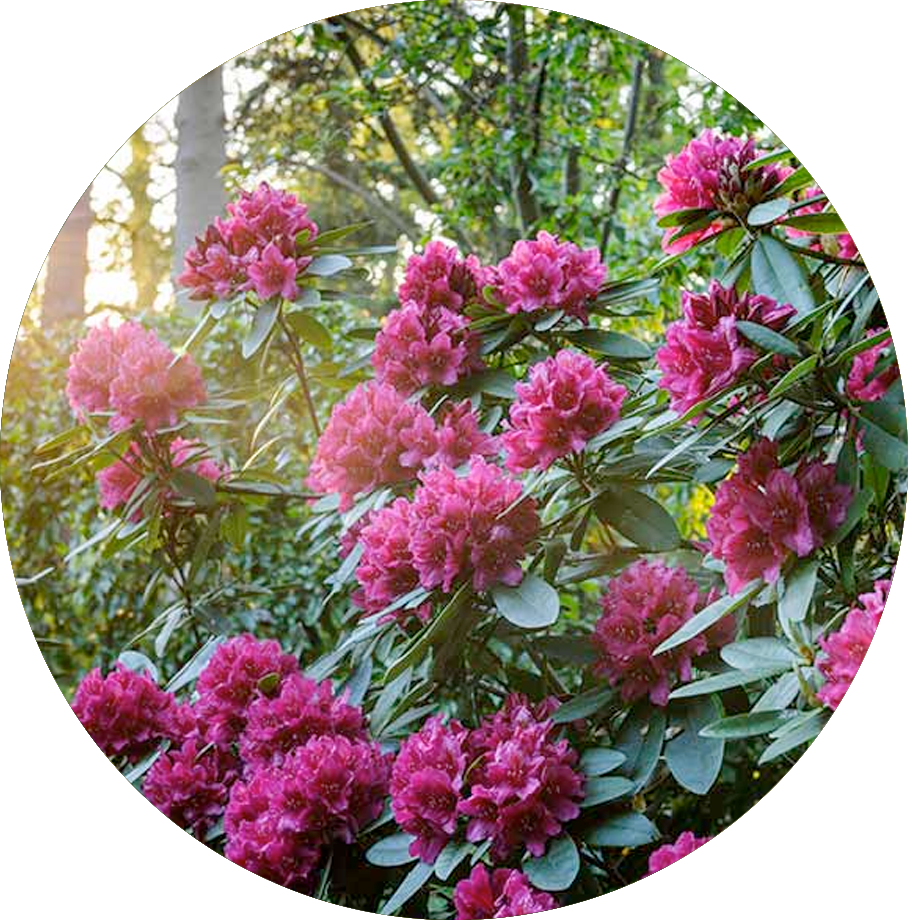
May
The pinnacle of our spring flowering occurs this month. Rhododendrons, azaleas, laburnums & alliums combine to create spectacular displays.
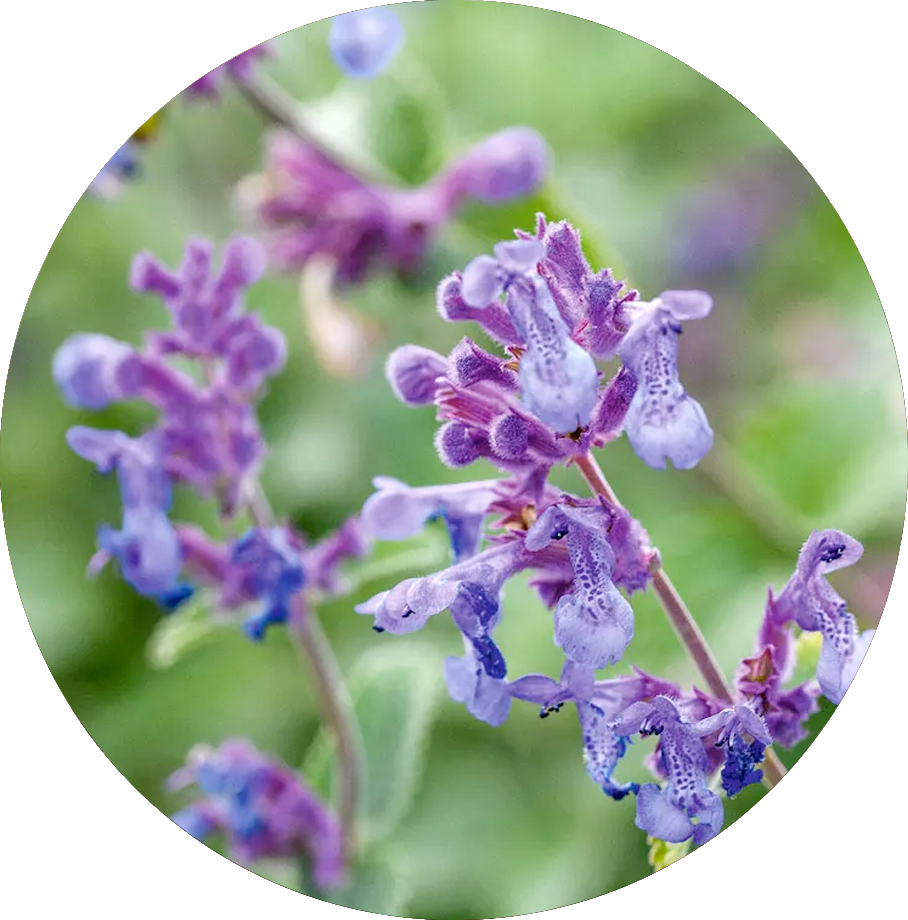
June
The focus turns to the hillside with herbaceous perennials is flower i.e. peonies, nepetas & digitalis.
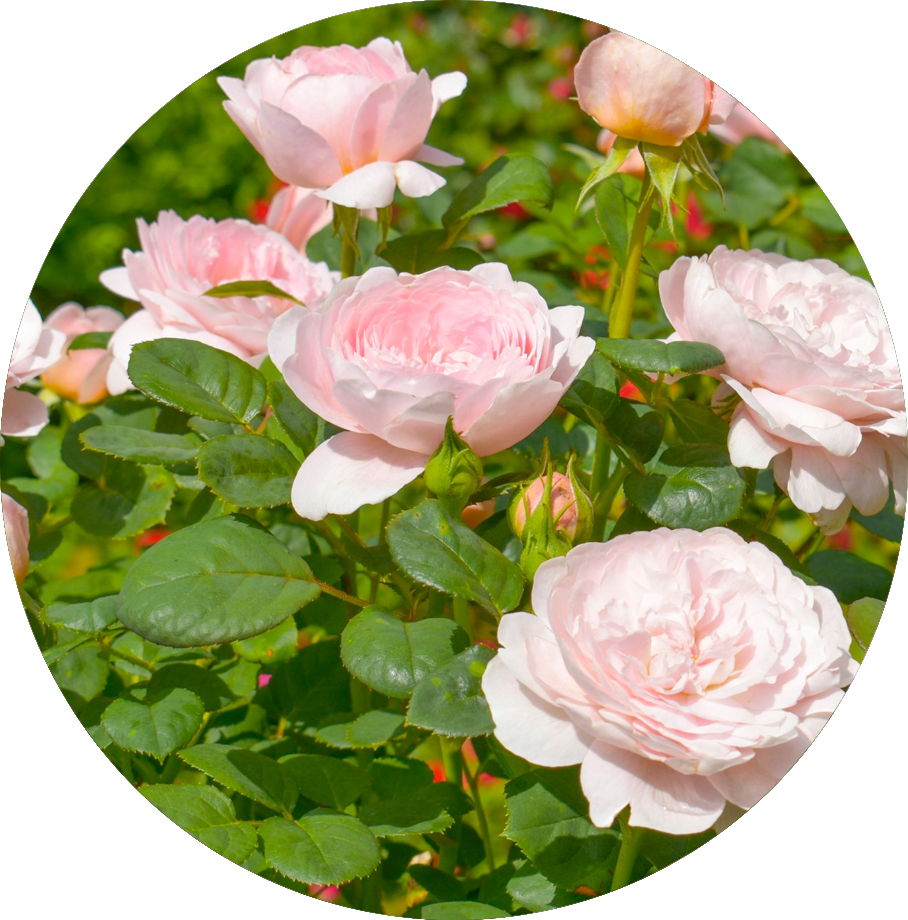
July
As the summer heats up, traditional English roses and early summer flowering perennials provide interest across the hillside.

August
Enjoy our tropical effects borders with their hot and zingy combinations!
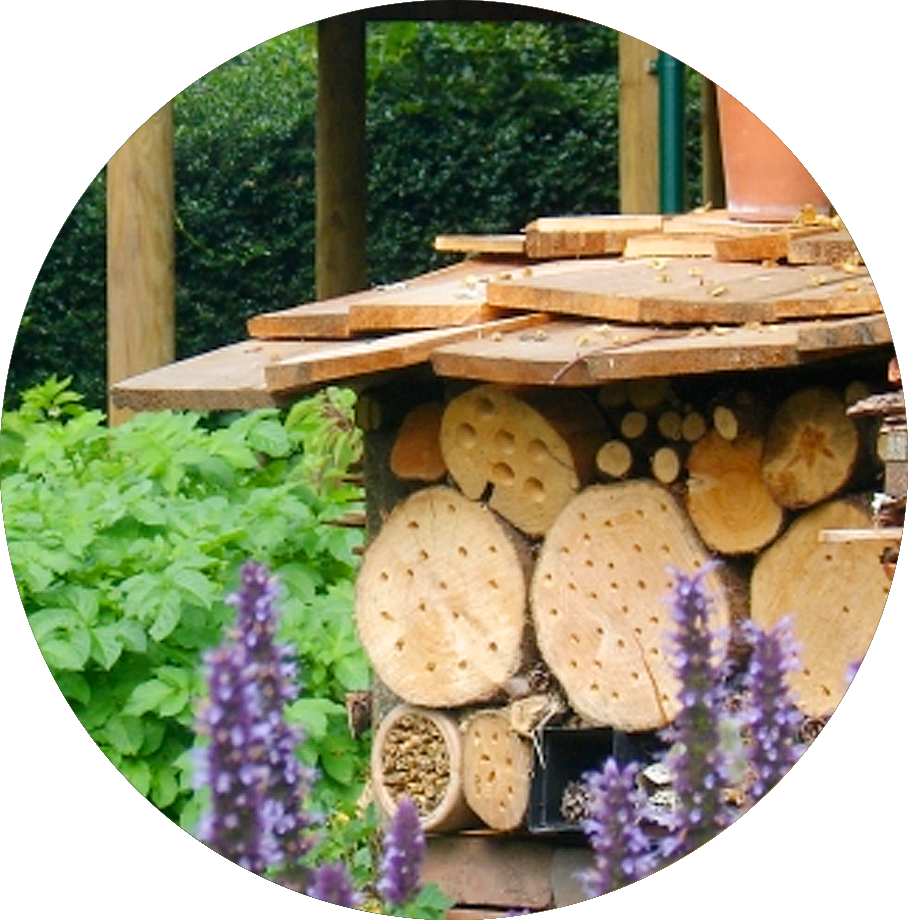
September
Our edible woodland will be full of unusual things whilst our AGM border often looks at its best at this time of year with asters in full flower.

October
The garden is home to a good selection of autumn interest trees and shrubs including: acers, hydrangeas sorbus, parrotias & liquidambars.
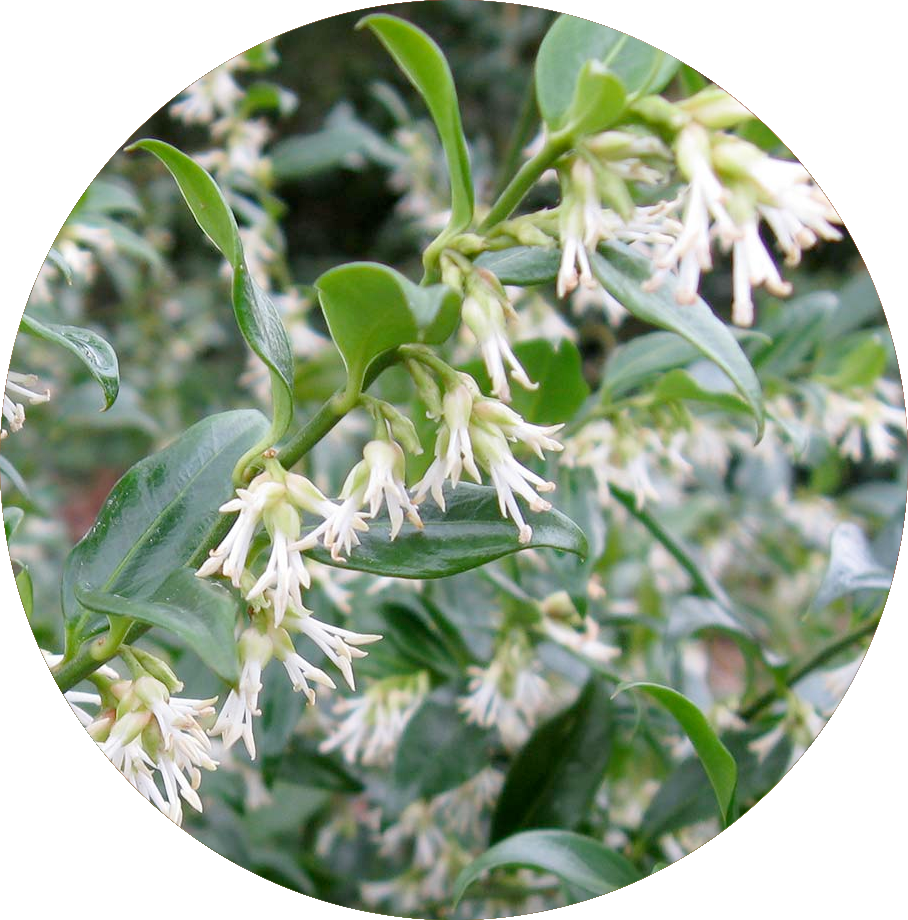
November
Often the dreariest time of year, our new winter woodland garden has plants of interest even in November, these include; sarcococcas, viburnums x bodnantense cultivars, bergenias & rubus.

December
Winter stems provide a colourful display in the winter woodland garden. Plants to look out for include: salix, cornus, alnus, and Tilia ‘Midwinter Orange’.
Why don’t we label all of our plants?
We are often asked why there are so few plant labels in the Garden
We realise that it can be frustrating when you want to know the name of a particular plant. There are several reasons why we limit the number of labels:
- We want to retain the feel of a family garden. We are not a botanical garden
- Too many labels in a border can give the look of a cemetery. The borders have several seasons of interest – Spring labels have no relevance in Autumn
- Labels tend to get moved, sometimes they even go to another place
- Birds and gardeners can dislodge labels during maintenance. A label in the wrong place is of no use
- We don’t want to encourage visitors to step on the borders to get a better look at the label
How to identify a plant
- If there are plants you would like to know the name of, we will do our best to help. Just ask one of the gardeners. We are always happy to answer any queries, such as how to grow it or where to buy it. We will even write the name down for you if you would like us to
- Use one of the border guides that we are developing and are available to download from the website or from the Gift Room
- Ask one of the volunteers
- Leave an email address and we will get back to you. Do remember to give a good description of the plant and where it is growing in the garden
- Take a photo of the plant and send it
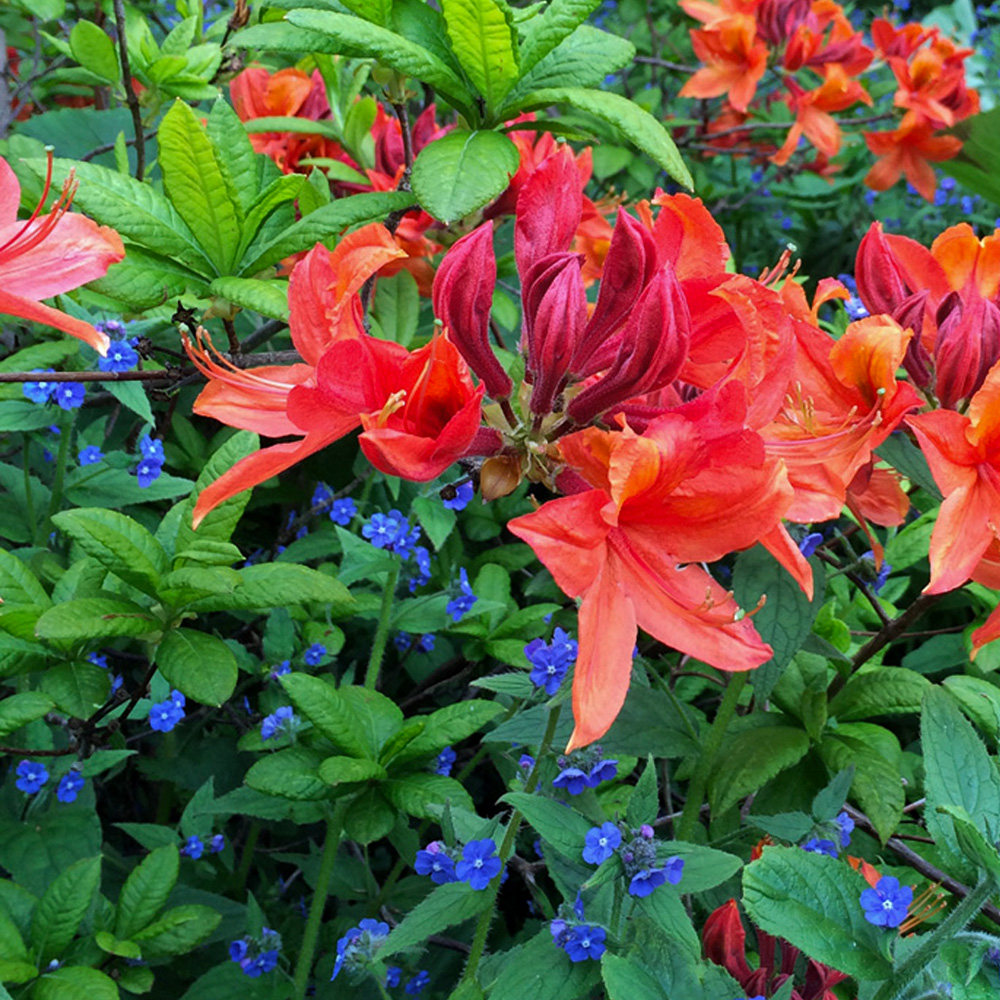
Environmental Policy
The Willoughbridge Garden Trust Environmental Policy – July 2015 (updated)
Outline:
The Willoughbridge Garden Trust manages 12 acres of diverse and semi-natural gardens in Staffordshire. It attracts a long-term average of 24,000 visitors per year. The garden also contains 3 significant buildings and a series of other smaller powered / heated outbuildings (lower car park toilets, gardeners’ shed and greenhouses).
The main buildings are listed thus:-
- Tea room / office complex
- The Lodge
- The Bryan Mayer Pavilion
Environmental Principles:
- The Trust is committed to protecting the environment.
- The Trust considers the environment in all aspects of its activities.
- The Trust recognises that its environmental responsibilities extend beyond the boundaries of its properties.
Policy Aims:
- Climate change – The Trust will take steps to reduce its emissions of greenhouse gases, to identify actions to mitigate the impact of and to adapt to climate change. It will encourage action by others by setting an example and within the organisation.
- Education – The Trust will promote good environmental practice at its properties and in its everyday operations and will organise education projects / awareness which encourage caring for the environment.
- Biodiversity – The Trust will act to conserve biodiversity on its land and properties and will promote biodiversity.
- Energy – The Trust will aim to reduce its energy use and support the use of energy from renewable resources where possible and appropriate.
- Waste – The Trust will aim to reduce its use of materials and, where appropriate, recycle or reuse materials.
- Water – The Trust will aim to reduce its overall water consumption and introduce sustainable management of wastewater in appropriate locations.
- Purchasing – The Trust aims to take environmental impacts into consideration when purchasing goods and materials and, as far as possible, to procure food and catering supplies from local sources.
- Legislation – The Trust will comply with all relevant environmental legislation and aim to adopt best practice and standards in any codes of practice.
Monitoring and Communication:
- Monitoring: The Trust will set up procedures to measure its existing environmental impact and will report annually on its performance against objectives and targets.
- Communication: The Trust is committed to keeping its members, visitors and staff up to date on its environmental performance and to reporting regularly on actions taken to reduce its environmental.
Green Credentials ‘Environment. Efficiency. Green. Energy.’
Here at The Dorothy Clive Garden, we believe it is our responsibility to protect the natural environment and as such we would like to promote our Green Credentials. Where possible, we are reducing, reusing and recycling within all our activities.
- In the garden – We have a sustainable Glasshouse heating system. Our gasification boiler is self-sufficient as it uses only firewood from our sustainably coppiced woodland. We also only use peat-free compost. Our Integrated Pest Management has also been a success as it is far more efficient than spraying harmful chemicals and costs us £600 a year in total.
- In the Tearoom – All our meals and baked goods are cooked on site. In the late summer and autumn, we also source a high percentage of the ingredients from our edible garden and greenhouse. These include: figs, courgettes, melons, apples, peaches and a multitude of herbs. Additionally, our Waste Audit has revealed we waste less than £5 a day in our tearoom! We also source many items locally where possible in order to reduce our carbon footprint, this includes: drinks from a local brewery & Cheshire Farm Ice Cream. We also have solar panels, providing some of the electricity for our tearoom.
- In the office – We take measures including: going paperless where possible and turning off all electrical equipment to save energy when it is not in use.
- Changes for the future:
We are pleased to announce that we have just received a European Grant for an Efficiency Audit which will help us to further improve the environmental sustainability of our garden. We are also currently researching the possibility of providing electric car charging points in the garden.
We are committed to improving our environmental impact through:
- Closing supply loops where possible and sourcing locally and ethically
- Reducing waste, recycling and composting
- Reducing energy use and installing renewable energy sources where practicable
- Using green cleaning products
- Reducing water use
- Improving and maintaining the garden as a habitat for wildlife
- Encouraging our visitors to adopt our green values
- Encouraging sustainable transport options to get to the garden (coach trips)
- Complying with or exceeding environmental legislation
- Monitoring and reviewing our progress
- Providing an enjoyable, educational and inspiring experience for visitors to The Dorothy Clive Garden and our staff
- Promoting sustainability, through our own practices, through providing access to green products and working with other green organisations
- The social side of sustainability. The garden employs a community of people and offers social opportunities for them as well as the wider community. We provide opportunities for vulnerable people, school children, holiday makers and local people to enjoy themselves, relax, exercise and learn in the fresh air. We are committed to expanding access in the garden and improving the experience for our visitors. We also support a number of sustainable projects and charities.
